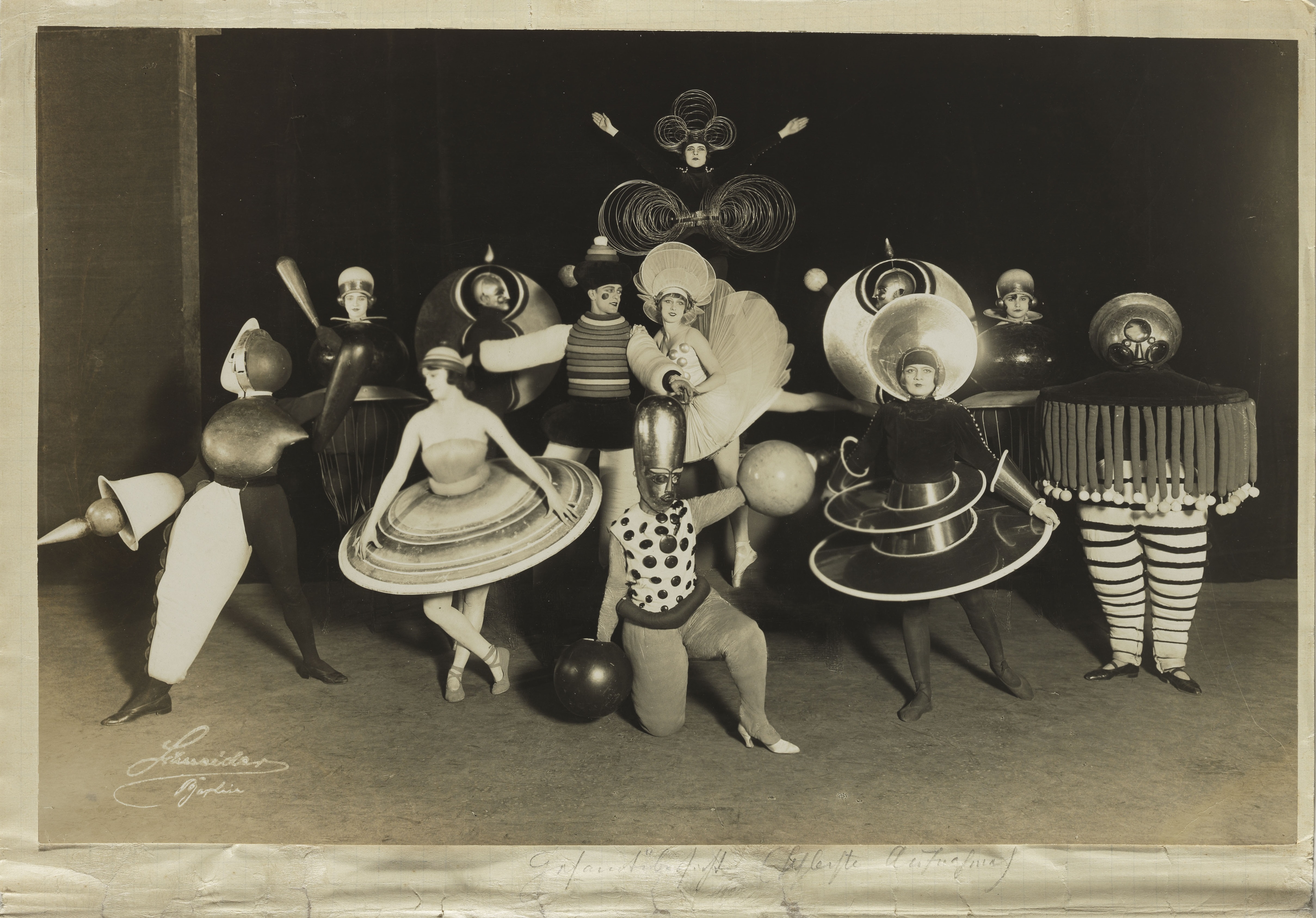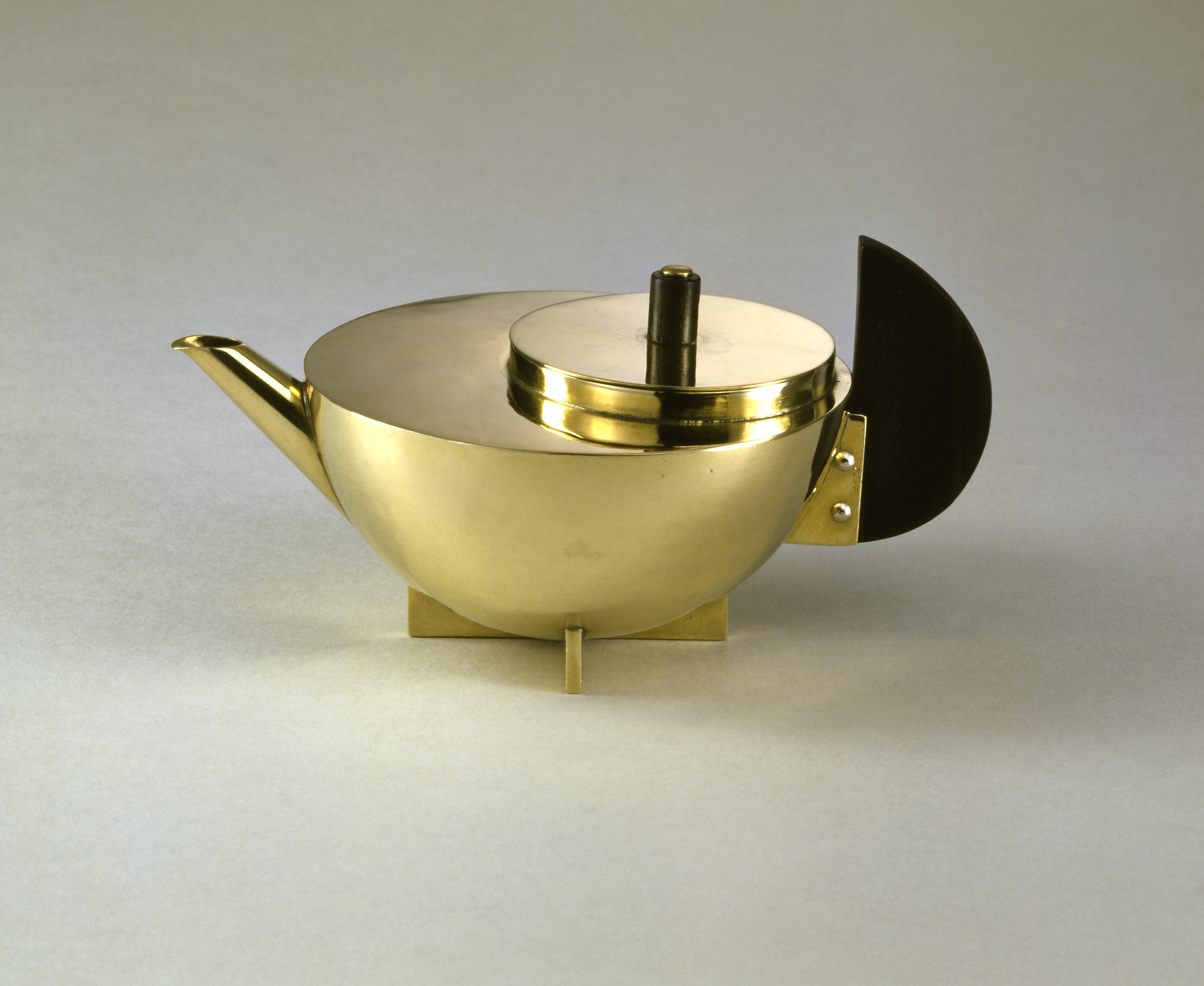Un movimiento, una ideología, un rompimiento, una afrenta, un crear, renacer, revisar… Todo esto fue la Bauhaus, y nos sigue influyendo en todas las áreas creativas posibles. Se celebran 100 años con una magna muestra que revive su historia y expone piezas icónicas que marcarían toda una época.
 A partir de septiembre y hasta principios del año 2020 será posible visitar la exposición del centenario del archivo Bauhaus en el Museum für Gestaltung, en la Berlinische Galerie.
A partir de septiembre y hasta principios del año 2020 será posible visitar la exposición del centenario del archivo Bauhaus en el Museum für Gestaltung, en la Berlinische Galerie.
El movimiento artístico que nació a principios del siglo XX en Weimar, Alemania, iniciado por Walter Gropius, arquitecto, diseñador y urbanista, se convirtió rápidamente en una inspiración y tendencia que nunca pasó de moda ni tuvo un fin determinado al cien por ciento. La fuerza de sus “trazos” siguen más vigente que nunca. Aunque históricamente la Bauhaus solo existió durante 14 años en Alemania, durante 100 años sus ideas se han transmitido y sus productos se han relanzado, imitado y desarrollado aún más en la actualidad.
Por tal motivo, el primer centenario de la fundación de la Bauhaus, la exposición Bauhaus-Archiv / Museum für Gestaltung que se exhibe en la Berlinische Galerie, presenta famosos, familiares y olvidados originales de la Bauhaus y narra la historia detrás de dichos objetos. Se exhibirán alrededor de 1,000 piezas. Incluyen arte y diseño de la colección del reconocido Bauhaus Archiv, préstamos excepcionales de colecciones internacionales y posiciones artísticas que dan una nueva mirada al legado de esta famosa corriente artística.
El arte que no cesa
 Basándose la curaduría en 14 objetos clave, la exposición desarrollará 14 historias de casos icono: ¿cómo se convirtió la mujer sentada en la silla de acero tubular en la figura anónima más famosa de la Bauhaus? ¿El Haus am Horn en Weimar tiene un gemelo secreto? ¿Por qué los infusores de té de Marianne Brandt que se crearon como prototipos para la producción industrial siempre han sido piezas únicas?, entre otros más.
Basándose la curaduría en 14 objetos clave, la exposición desarrollará 14 historias de casos icono: ¿cómo se convirtió la mujer sentada en la silla de acero tubular en la figura anónima más famosa de la Bauhaus? ¿El Haus am Horn en Weimar tiene un gemelo secreto? ¿Por qué los infusores de té de Marianne Brandt que se crearon como prototipos para la producción industrial siempre han sido piezas únicas?, entre otros más.
La “bauhaus original” arroja luz sobre cómo el trabajo y las series únicas, remake y originales están inseparablemente vinculados en la historia de esta. Se debe a que los artistas de esta corriente no vieron el arte y la tecnología como opuestos entre sí. En su lugar, utilizaron innovaciones técnicas para crear obras de arte excepcionales y tuvieron en cuenta la producción en serie, desde el momento en que comenzaron a configurar sus diseños. Hoy, después de 100 años, la Bauhaus continúa dando luces y respuestas, en comparación con los 14 años de producción original de cuando inició. Las reproducciones, las reediciones y los remakes han hecho de esta, la escuela de arquitectura, diseño y arte más influyente del siglo XX.
 La exposición del centenario del Bauhaus-Archiv / Museum für Gestaltung de Berlín, en colaboración con la Berlinische Galerie, cuenta con el apoyo del Departamento de Cultura y Europa del Senado y de la Fundación Federal de Cultura de Alemania.
La exposición del centenario del Bauhaus-Archiv / Museum für Gestaltung de Berlín, en colaboración con la Berlinische Galerie, cuenta con el apoyo del Departamento de Cultura y Europa del Senado y de la Fundación Federal de Cultura de Alemania.
 A movement, an ideology, a rupture, an outrage, a creation, a rebirth. All this was Bauhaus and it continues to influence every possible creative area. 100 years of Bauhaus are celebrated by reviving its history and exhibiting iconic pieces that set long-lasting trends.
A movement, an ideology, a rupture, an outrage, a creation, a rebirth. All this was Bauhaus and it continues to influence every possible creative area. 100 years of Bauhaus are celebrated by reviving its history and exhibiting iconic pieces that set long-lasting trends.
From September 2019 to early 2020, it will be possible to visit the centennial exhibit of the Bauhaus archive in the Museum für Gestaltung at the Berlinishce Galerie.
This artistic movement was born at the beginning of the 20th century in Weimar, Germany at the hands of Walter Gropius, an architect, designer and city planner. It soon turned into an inspiration and trend that never went out of style and never had a clear ending. The strength of its “strokes” is more relevant than ever before. Although, historically, Bauhaus only lasted 14 years in Germany, in the last 100 years its ideas have been passed on and its products relaunched, replicated, and further developed nowadays.
Therefore, the exhibition Bauhaus-Archiv / Museum für Gestaltung, shown at the Berlinische Galerie in honor of the first centenary of the Bauhaus’ founding, presents famous, well known and forgotten original Bauhaus pieces and the stories behind said objects. Around 1,000 pieces will be on display: art and design from the renowned Bauhaus Archiv collection, exceptional pieces borrowed from international collections, and artistic perspectives that provide a new look at the legacy of this artistic movement.
 The never-ending art
The never-ending art
Based on 14 key objects, the exhibition will develop 14 iconic case stories: How did the woman sitting on the tubular-steel chair become the most famous anonymous figure by Bauhaus? Does the Haus am Horn in Weimar have a secret twin? Why have Marianne Brandt’s tea infusers, created as prototypes for industrial production, always remained unique pieces?, among others.
“Original Bauhaus” sheds light on how unique work and series, remake and original are inseparably linked in the history of this movement. This is because Bauhaus artists did not see art and technology as opposing forces. Instead, they adopted technical innovations to create exceptional works of art, and they took serial production into account from the moment they started drafting their designs. Today, 100 years later, Bauhaus keeps shedding light and answers, as compared to its 14 years of original production. Reproductions, re-editions and remakes have made Bauhaus the most influential school of architecture, design and art in the 20th century.
The centenary exhibition of Bauhaus-Archiv / Museum für Gestaltung in Berlin, in cooperation with the Berlinische Galerie, is supported by the Senate Department for Culture and Europe and the German Federal Cultural Foundation. 
